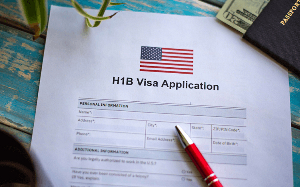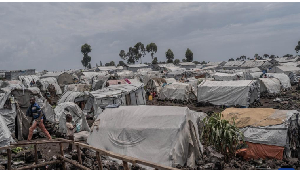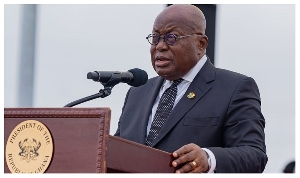- Home - News
- TWI News | TV
- Polls
- Year In Review
- News Archive
- Crime & Punishment
- Politics
- Regional
- Editorial
- Health
- Ghanaians Abroad
- Tabloid
- Africa
- Religion
- Election 2020
- Coronavirus
- News Videos | TV
- Photo Archives
- News Headlines
- Press Release
General News of Tuesday, 19 March 2013
Source: Daily Guide
Ghana has no statistics on poverty
Since 2006, no statistics exist on how many people in the country have been weaned out of poverty and how many still remain below the poverty line.
Government, since then, has been singing one chorus: “Ghana has made significant strides towards reducing poverty from 51.7 per cent in 1992 to 28.5 per cent in 2006.”
City & Business Guide, in its quest to delve into the issue, contacted an official of the Ghana Statistical Service (GSS) on phone.
According to the official, even though a survey was ongoing with respect to collecting data on the issue, the findings would not be published until 2014.
The survey was due to take place in 2010 but as of May 2012, the results had not been published.
It would therefore not be far from the truth to say that government has been making mockery of the citizenry with the numerous unsubstantiated quarterly statistics it churns out from the Ghana Investments Promotions Centre (GIPC) as employment figures.
Ghana’s has been desirous of achieving the Millennium Development Goal (MDG) number 1 of halving poverty by 2015, but with such a development, it cannot be said whether the country was on course or not.
The eight time-bound and quantifiable targets, also known as Millennium Development Goals (MDGs), were adopted in September 2000 after a UN Declaration by 189 countries.
A document sighted from a power point presentation by an official of the National Development Planning Commission (NDPC) states that “From almost 34 percent in 1991/92, extreme working poverty rate declined to 16.1 percent in 2005/2006.”
Dr Charles Jebuni, Chief Technical Officer of the Savanna Accelerated Development Authority (SADA), who was also consulted on the matter yesterday, confirmed that a survey was ongoing to collect data and therefore he could not state how poverty had been alleviated in Ghana and how many people have been raised above the line.
However, he touched on developments on the SADA project.
“For 2013, we may be able to affect about 30,000 households. We have programmes in housing, creation of jobs and providing more support. With our agriculture programme, so far what we have done is to provide feed for over 8,000 hectares of land.”
Additionally, he said SADA supplied 80,000 bags of fertilizers to 11,000 households in 2012. And this translates into increased income, food security and employment. Currently, our agro-forestry programme has engaged 5,000 youth.”
Alhassan Andani, Chairman of SADA Board, also noted in an interview that with support from Government, SADA has been supporting farmers in the northern region of Ghana to employ them and improve their living conditions.
“We are doing dry season farming. We are exporting four containers of butternut squash to the UK. We are also going to go into the SADA housing programme. And we shall be supplying hydro-foam machines to build drought resistant homes.
“We did 16,000 beneficiaries under maize support programme. Those were assisted by farmer services companies located not very far from farmers.
The programme for 2011/2012 has been hugely successful.”
For this year, Mr Andani said SADA would give farmers fertilizer and seeds, adding that the maize intervention programme has been so successful this year.
“The north remains very poor and its economy is characterised by almost complete economic stagnation. The poverty rate in the northern regions is about 60 percent, well over double that of the south.”











